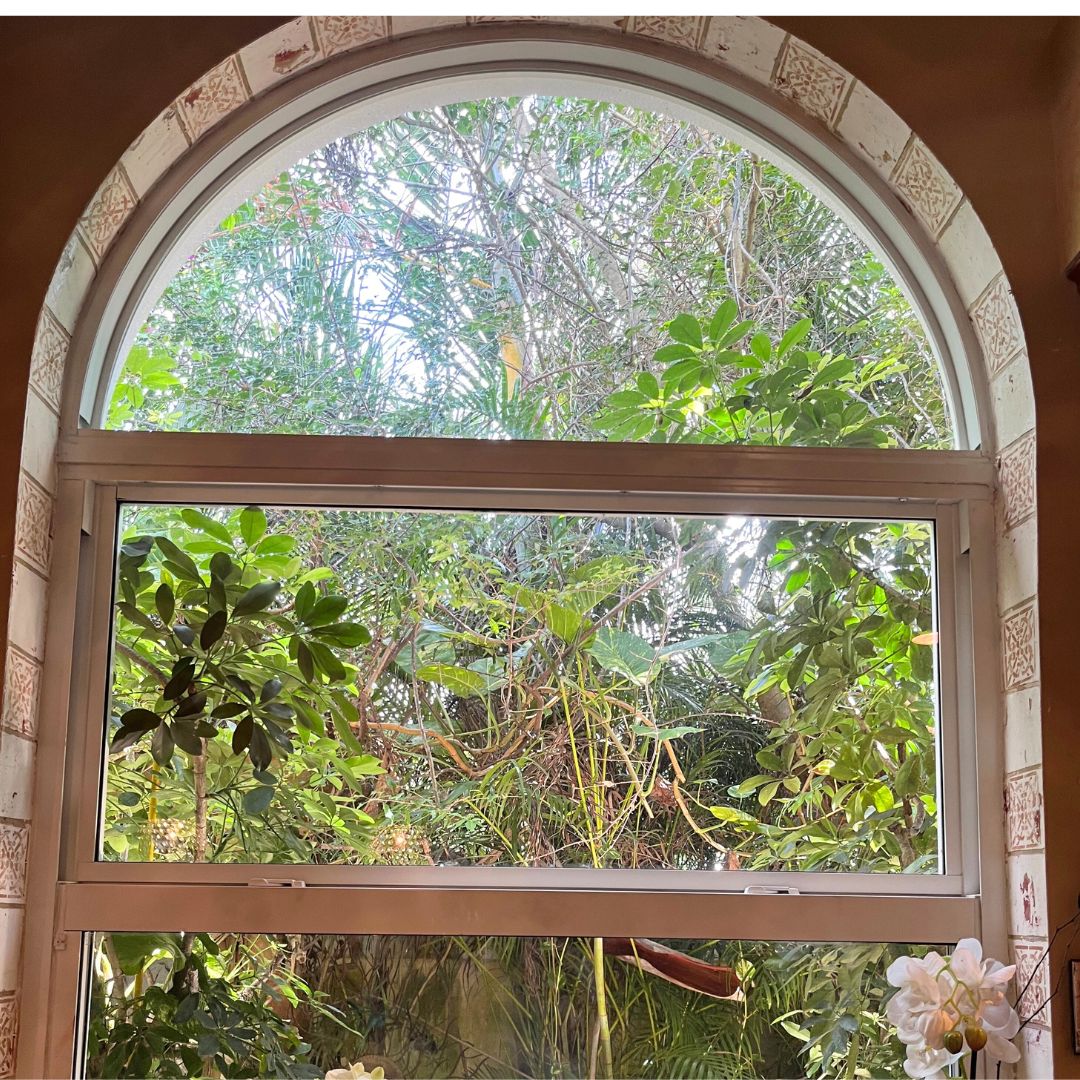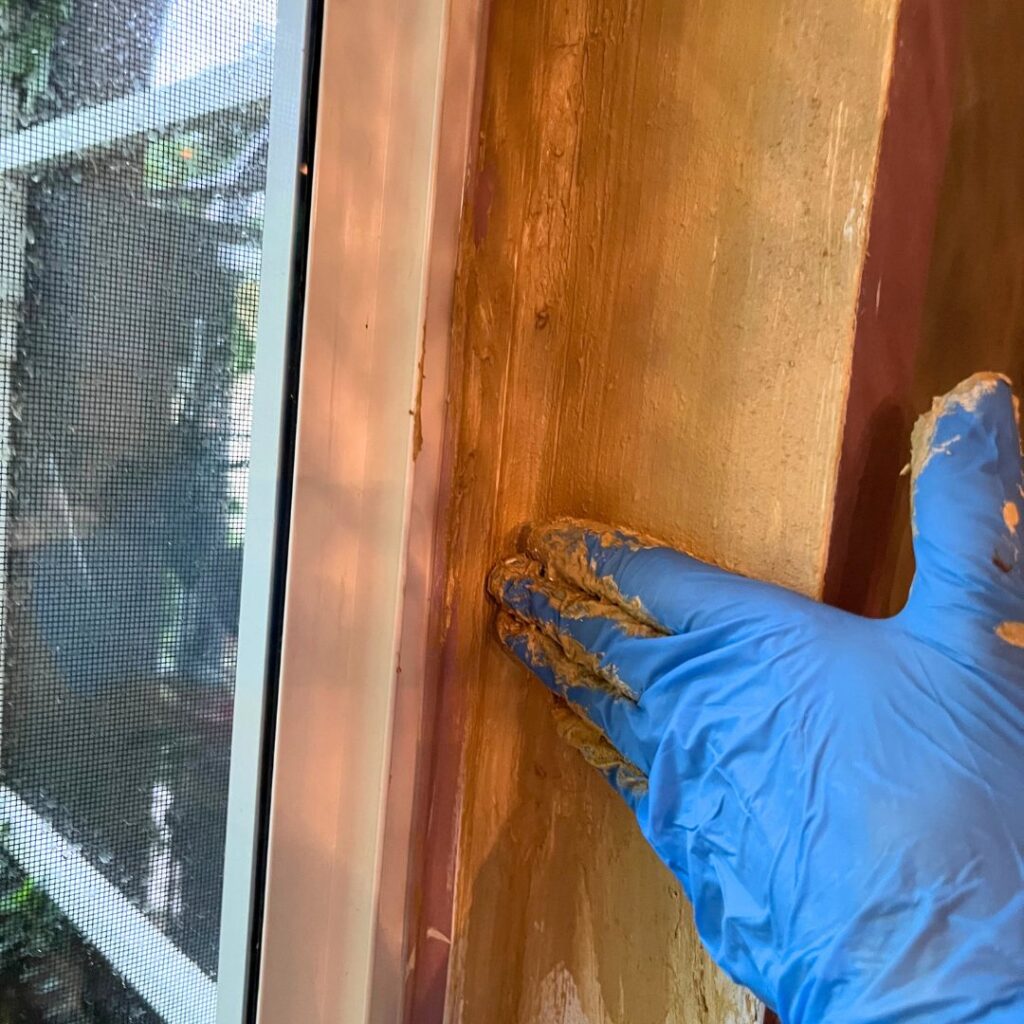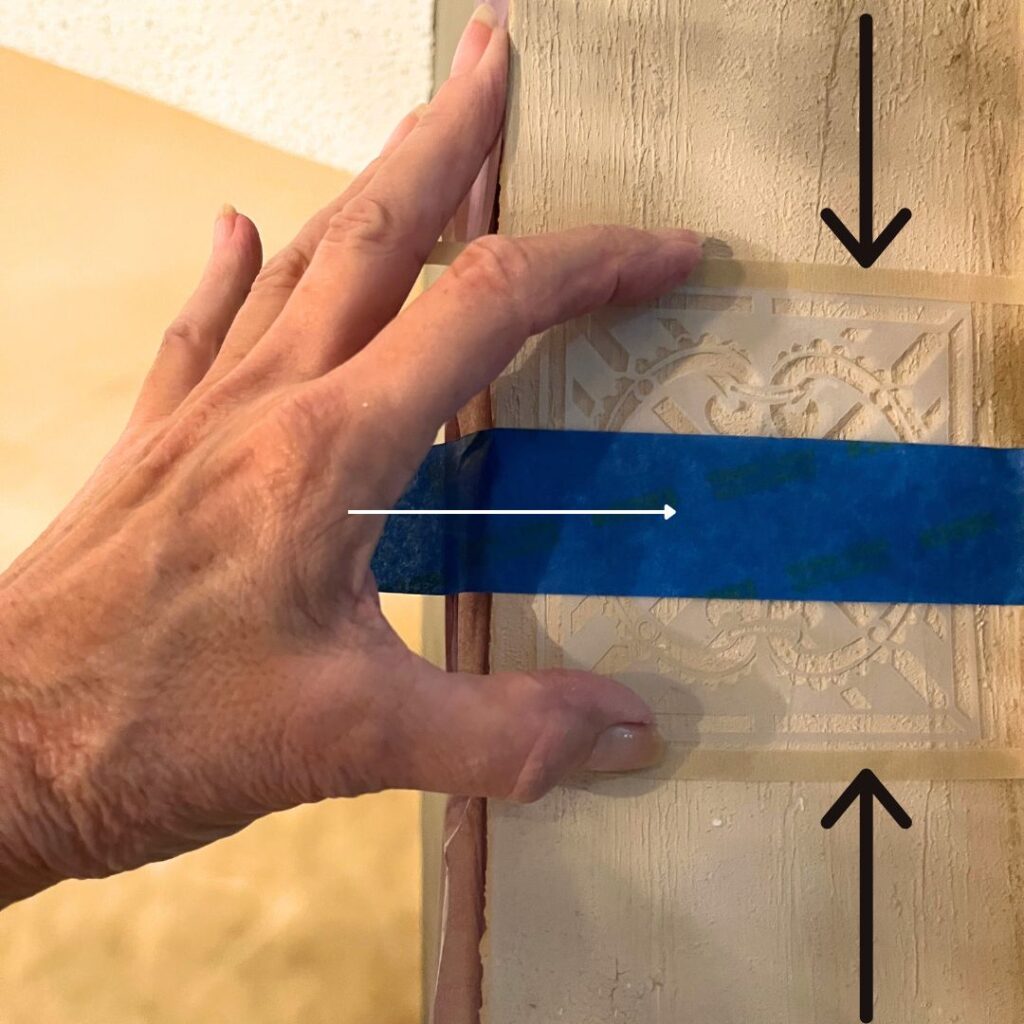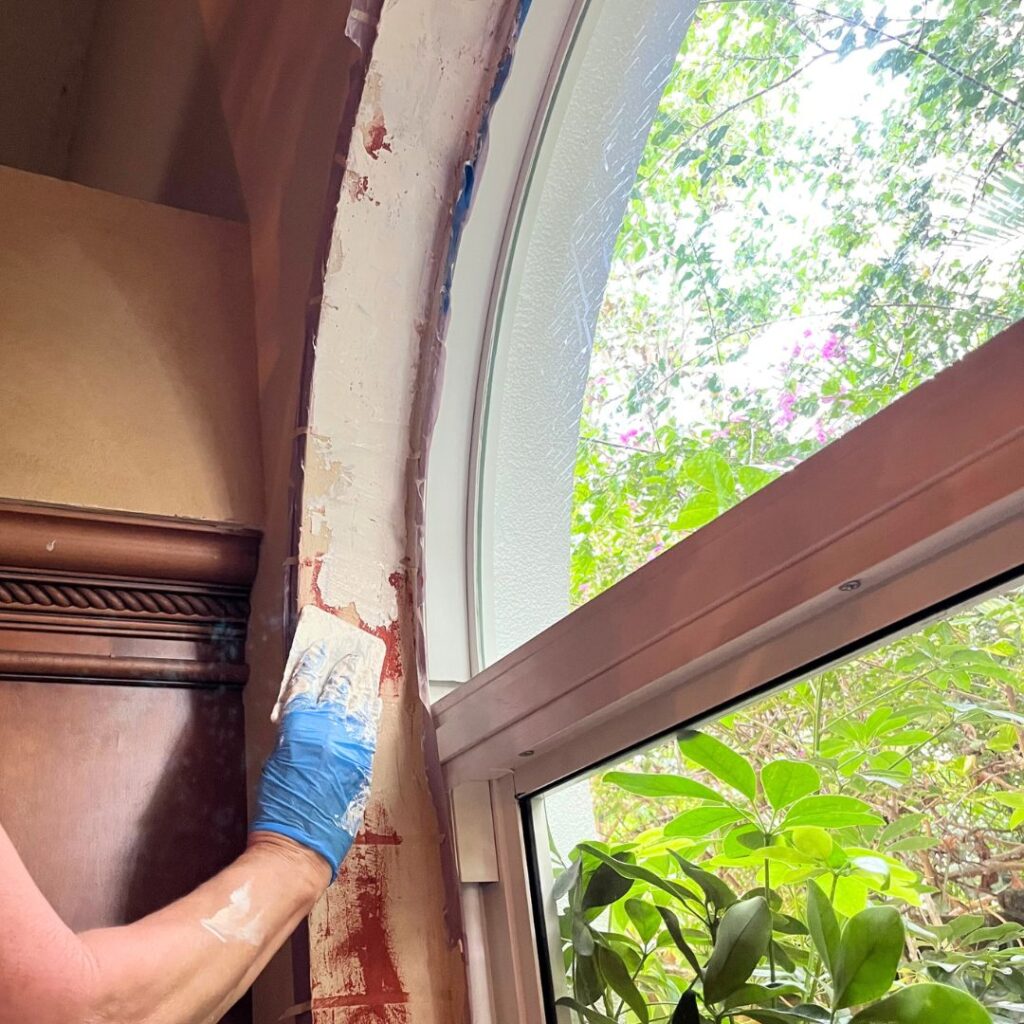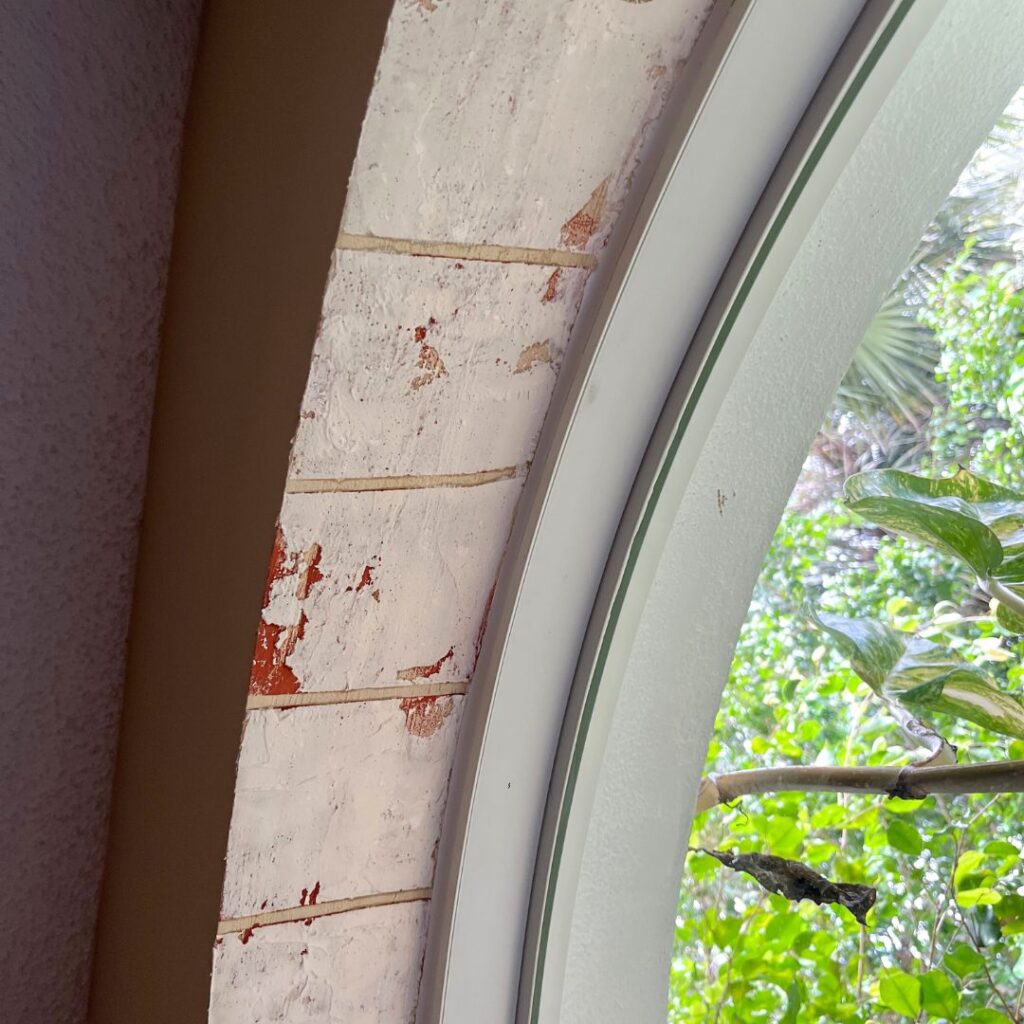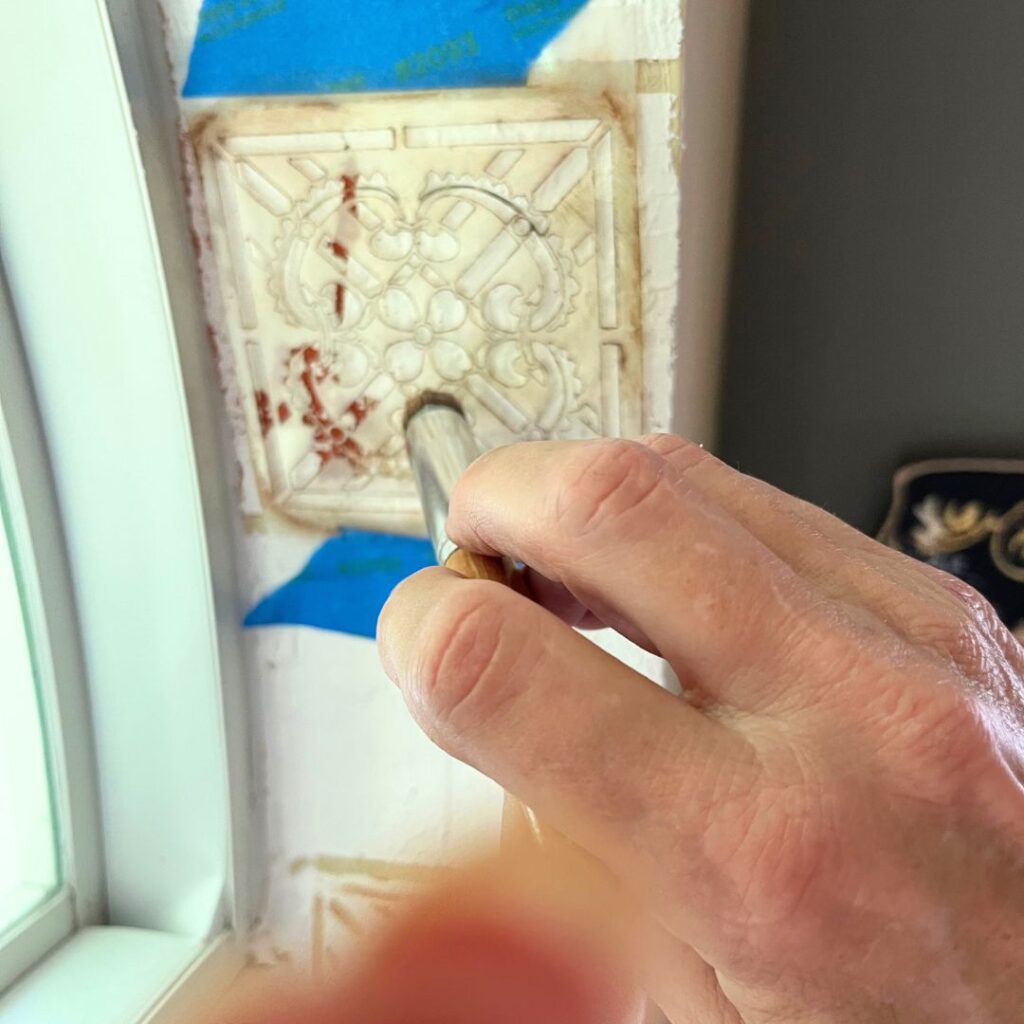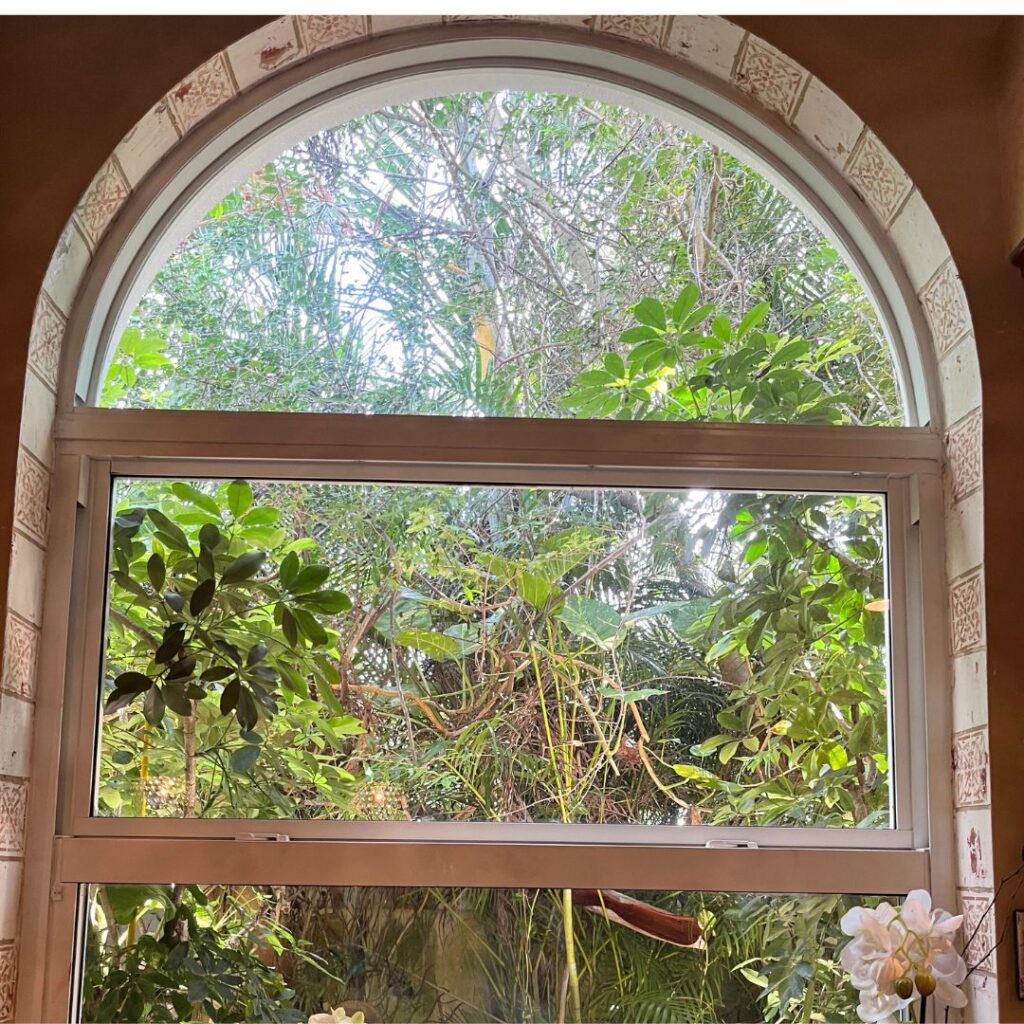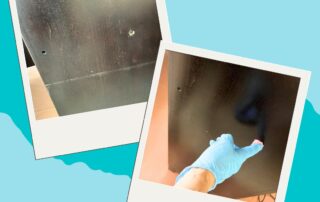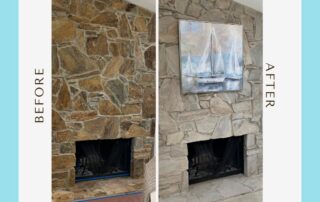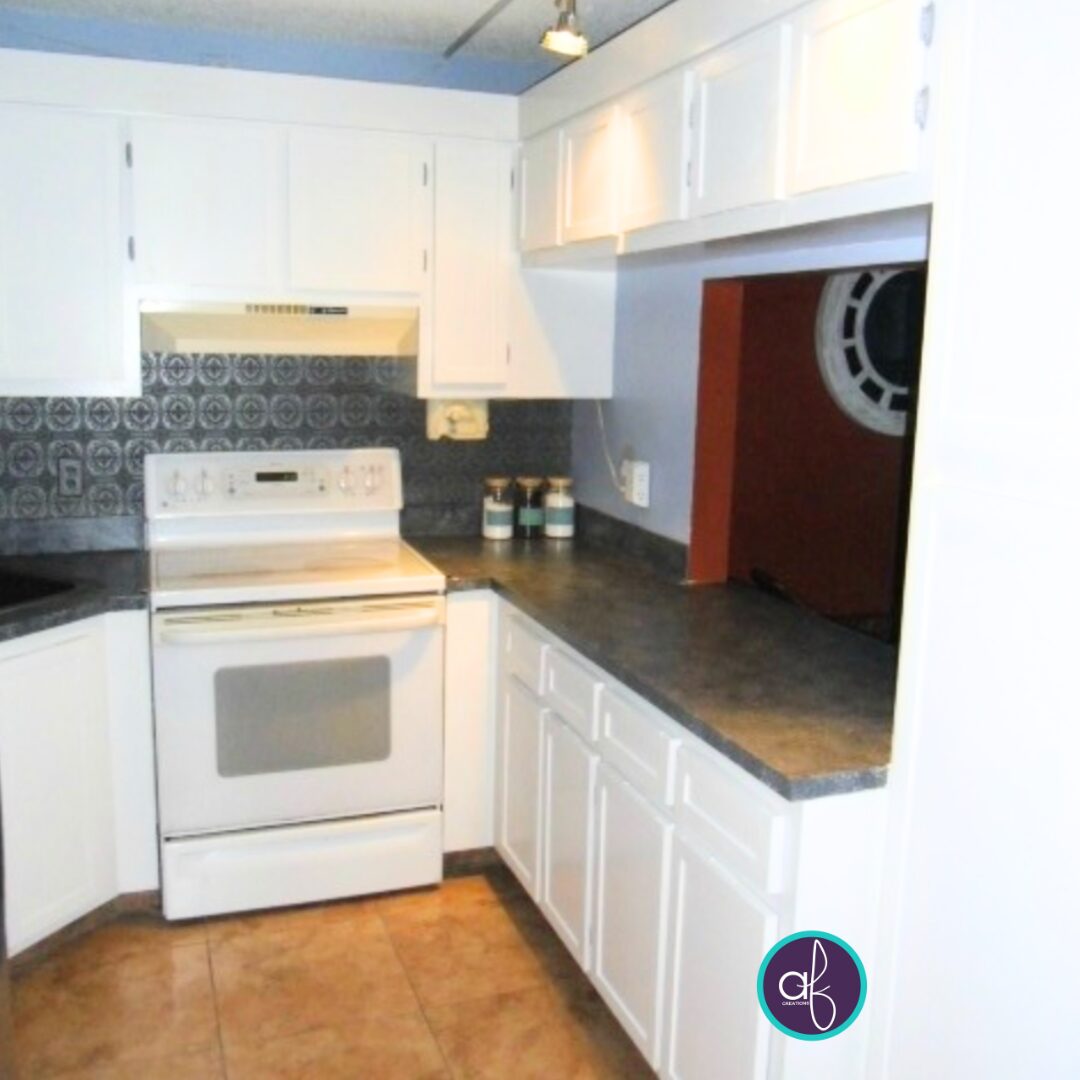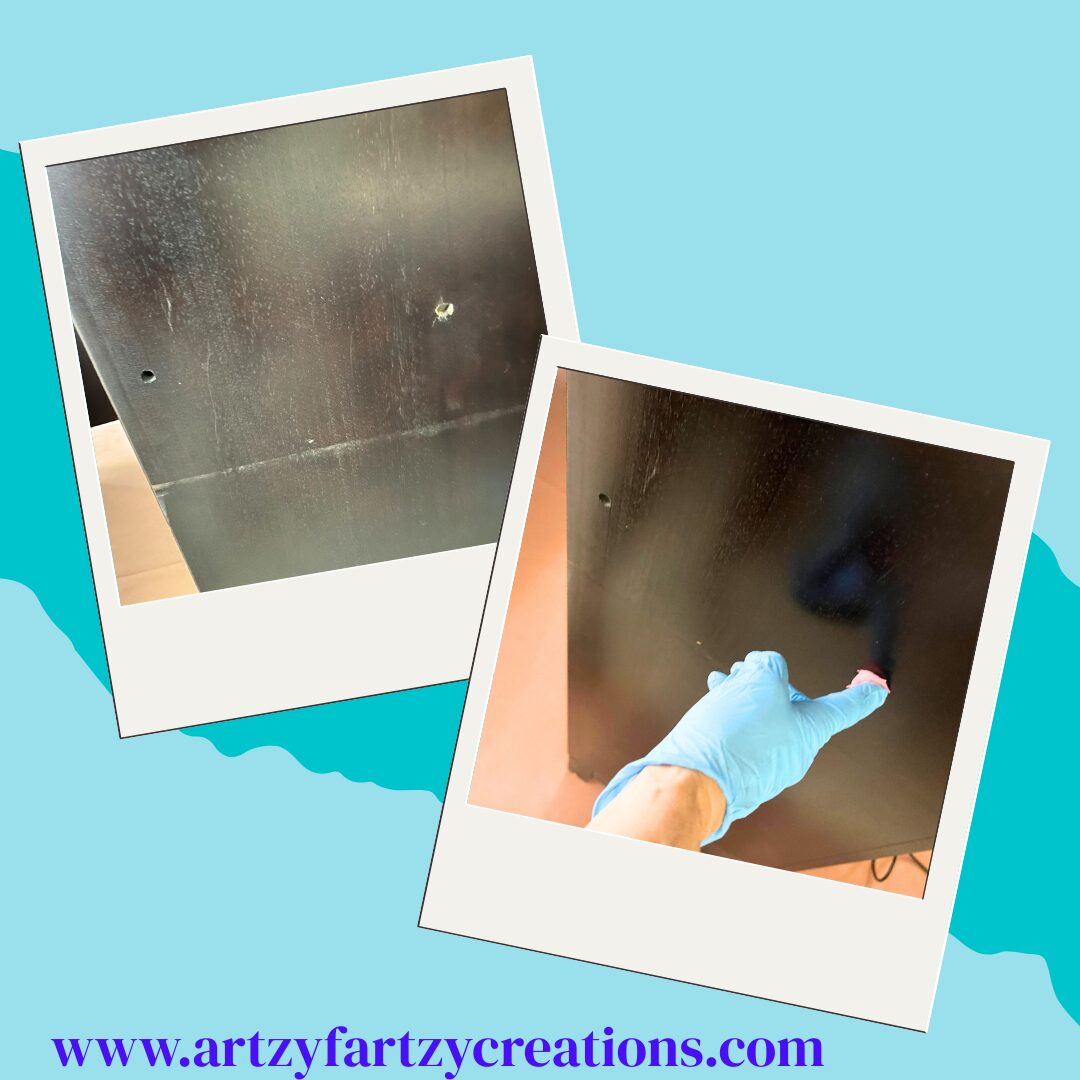If you’ve ever admired the timeless beauty of Mediterranean tiles and wondered if you could replicate the look in your own home, you’re in the right place because I’m about to teach you my secret technique on how to DIY Mediterranean tile like a pro.
Whether you’re looking to refresh your kitchen backsplash or add a statement wall to your living room, my step-by-step instructions will help you achieve beautiful results that reflect your personal style.
I’ll guide you through the process of creating stunning Mediterranean-style tiles yourself, from selecting the right materials to the finishing touches that make your friends and family jaws drop.
Are you ready to make a Mediterranean masterpiece?
Step 1: Preparing Your Base
Begin by selecting your preferred method to apply Aquastone—a textured mixture containing real marble dust suspended in acrylic resin.
For this project, I opted to simply rub on the material, aiming for a thin layer with a subtle texture. Feel free to tint the base with your chosen Faux Cream Color to add a personal touch.
Step 2: Mapping Out Your Tile Layout
Next, choose the stencil for your tile pattern; I went with 6” squares that perfectly fit my window frame. Secure the stencil to your work area, then place ¼” masking tape above and below each stencil to outline the grout lines. Continue moving and taping the stencil vertically until the entire section is outlined.
Step 3: Adding an Accent Color
For the accent color, which forms the base layer visible beneath your tiles, mix Aquastone with a Faux Cream Color of your choice.
I created a rustic hue to complement the home’s existing palette. You can apply Sandstone using a brush, trowel, or even your fingers—apply sporadically as most will be covered later.
Step 4: Finishing with the Top Coat
Apply more Aquastone—this time untinted, unless you’re aiming for a different tile color. Gradually blend in your chosen Faux Cream Color until it suits your vision.
With a small Japanese scraper, apply the mix, intentionally leaving areas where the Sandstone shows through to mimic aged tiles. For larger walls use a trowel to apply product.
Step 5: Revealing Your Tiles
Important- remove the tape before the material dries to unveil your newly created tiles, which should look delightfully aged and authentic.
Once you remove the tape your tiles will magically appear. Here’s what it will look like.
Step 6: Detailing with Stencil Designs
Now, position your stencil over the created tiles and dab on the artist’s acrylic paint using a stencil brush. To ensure a crisp application, off-load excess paint onto a paper towel until the brush is nearly dry, then apply in a gentle circular motion.
Step 7: Sealing Your Work
Lastly, protect your artistic endeavor with Aquagard sealer, a clear, anti-yellowing acrylic coating that enhances durability and resistance to chemicals. Available in various finishes like gloss, satin, and dull, it can be applied with a brush, low-nap roller, or sprayer.
With a little creativity, you can turn a simple space into a stunning Mediterranean-inspired tile display.
This project not only enhances the beauty of your home but also allows you to customize your space.
The Mediterranean tiles technique used here can be adapted for various patterns and colors, making each work truly unique to your style. Remember, the beauty of DIY projects lies in the personal touch you bring to each detail. So, take a step back and admire your craftsmanship—it’s a testament to your creativity and dedication to making your space uniquely yours.
Feel inspired? Keep exploring, keep creating, and feel free to share your journey with us. Every project is an opportunity to learn and grow, and I can’t wait to see what you tackle!
Additional tile projects you might also like:
How to Paint outdated tiles to look fresh and new
P.S. Make sure you don’t miss out on signing up for my blog, filled to the brim with home decorating and DIY tips!
P.S.S. Do you need help building and monetizing your online business? Join Empowering Women. Get started today!
Have Fun!
Cheryl
Artzy Fartzy Creations. Oh Yes you can DIY!
Best Places to Sell Your Painted Furniture and Art (Without Relying on Social Media)
Let’s Be Real—You Can Sell Art Without Social [...]
DIY Kitchen Cabinet Makeover: Budget-Friendly Transformation You Can Do Yourself
DIY Kitchen Cabinet Makeover: Budget-Friendly Transformation You Can [...]
DIY Metallic Molding Technique: Add Old-World Charm to Your Home
Looking to add a little extra drama and [...]
How to Repair Holes in Wooden Furniture – Fast, Easy, and Budget-Friendly!
hand applying wood filler to a hole in a [...]
How To Paint A Brick Fireplace In One Easy Step
Is your outdated brick fireplace dragging down your room? If [...]
DIY Magic: Create a Raised Cherry Blossom Stencil Design with Glitter That Pops!
Raised cherry blossom stencil with glitter on a painted [...]
Contents
Recent Reads
DIY Kitchen Cabinet Makeover: Budget-Friendly Transformation You Can Do Yourself
DIY Kitchen Cabinet Makeover: Budget-Friendly Transformation You Can [...]
DIY Metallic Molding Technique: Add Old-World Charm to Your Home
Looking to add a little extra drama and [...]
How to Repair Holes in Wooden Furniture – Fast, Easy, and Budget-Friendly!
hand applying wood filler to a hole in a [...]

